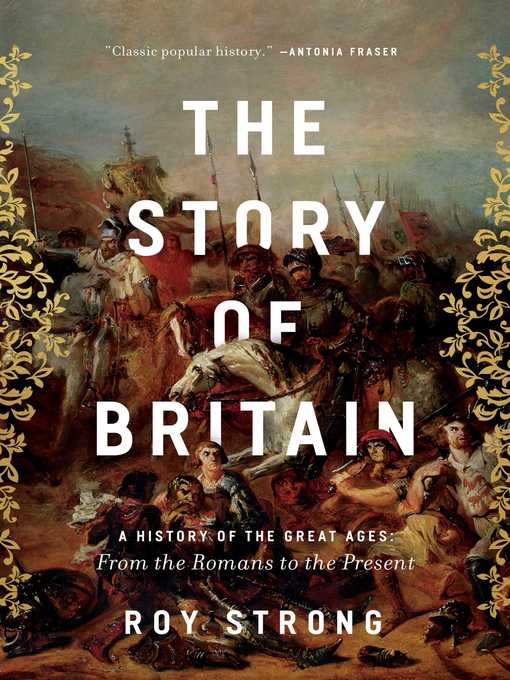
The Story of Britain
کتاب های مرتبط
- اطلاعات
- نقد و بررسی
- دیدگاه کاربران
نقد و بررسی

December 1, 2018
For those who missed his first edition in 1996, Strong (Scenes and Apparitions: The Roy Strong Diaries, 1987-2003, 2017, etc.) is back with an updated popular history of Britain, whose people "cherish their island as a domain separate and inviolate from the rest of the world."Throughout this highly readable history, which the author admits "is built with gratitude on the work of others," Strong carefully plucks out not just the most memorable, but the most momentous events in each era. Moving from Roman times and the arrival of Christianity, the author asserts the well-known fact that it was the monasteries that preserved the writings of the ancient world of Greece and Rome. In Northumbria, the scholarly civilization reached its apex in the seventh and eighth centuries. As Strong demonstrates, the Norman invasion was one of the most significant pieces of British history, with the coming of feudalism and a new ruling class that showed the importance of a strong king to the maintenance of government structures. Richard II is an instructive example of a ruler who made peace with France, Ireland, and Scotland but fought with his noblemen. The author is excellent at uncovering goodness and noteworthy effects on history by even the least likable kings. The Tudor crises--with religion and thus with Europe in general--postponed the coming of the Renaissance to England until the reign of Charles I, who eased travel abroad and encouraged Renaissance architecture and art, exemplified by Inigo Jones, Peter Paul Rubens, and Anthony van Dyck. Later, the Great Reform Act of 1832, which was passed to prevent peasant revolts, led to government social programs but ensured the middle class was kept in its place. It actually perpetuated elite control of government, but that power slowly collapsed under the unloved George IV, William IV, and the young Victoria.Every student of English history will enjoy this story, which is delightfully easy to read and remarkable for what it leaves to the side as well as for its insights into the deepest consequences of individual actions.
COPYRIGHT(2018) Kirkus Reviews, ALL RIGHTS RESERVED.

March 1, 2019
National identity is at the center of this chronicle of the British people by art historian Strong (The Quest for Shakespeare's Garden). As with Robert Tombs's The English and Their History, Strong's work suggests that British identity and cultural values stem from a historical process that reaches back to Roman times. Tombs fulfilled this purpose by telling Britain's story through tracing English history, beginning with the Venerable Bede. Strong achieves it by concentrating on major historic developments that will enable an understanding of contemporary events within historical circumstances. As he focuses on political events, Strong intertwines social, economic, cultural, and religious factors. The narrative style is often spare, and treatment of events necessarily terse. The work ends with the start of a new historic era as Britain prepares to leave the European Union; the final chapters giving context to why Brexit is happening. VERDICT Strong succeeds in making British history a page-turner for general readers in this excellent introduction to the grand sweep of British history. The incisive language and short chapters allow readers to be absorbed in the story at their own leisure.--Glen Edward Taul, formerly with Campbellsville Univ., KY
Copyright 2019 Library Journal, LLC Used with permission.

























دیدگاه کاربران